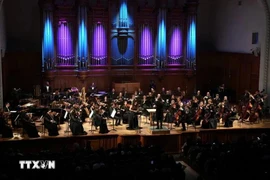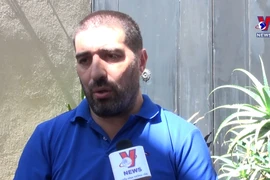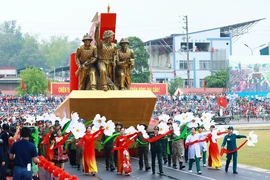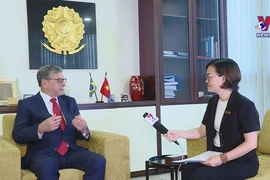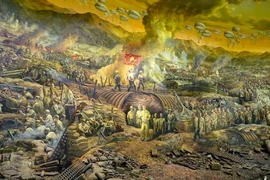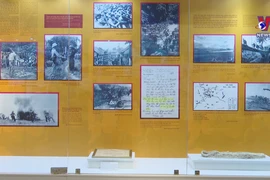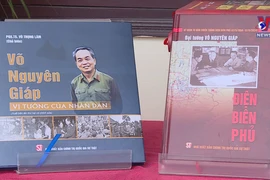On January 27, 1973, after nearly 5 years of negotiations, the Paris Peace Accords on ending the war and restoring peace in Vietnam were signed. Under Article 16, the four parties attending the Paris Conference will immediately appoint representatives to form the Four-Party Joint Military Commission.
Camp Davis, formerly a barracks of the US army located close to the southwest of Tan Son Nhat Airport, is the headquarters of the Joint Military Commission.
The Joint Military Commission has the task of ensuring the coordination of actions of the parties in order to implement the military provisions of the Agreement on ceasefires, troop withdrawals, and the destruction of US military bases.
On March 29, 1973, exactly 60 days after the date of the Agreement’s entry into force, the last American soldiers, including US military personnel in the Four-Party Joint Military Commission, had to withdraw from the South.
At 9.30am on April 30, 1975, soldier Pham Van Lai was ordered to plant the liberation flag on the top of the tower in front of Camp Davis.
This is one of the first liberation flags flying in the skies of Saigon on the day of victory.
While the Paris Conference on Vietnam is the victory of a long, tough, and complicated diplomatic struggle, the struggle to force the parties - US imperialists and the Saigon regime - to comply with the terms of the Paris Agreement is a duel and drastic battle of minds, contributing to the historic victory of the struggle for the liberation of the South and reunification of the country./.

